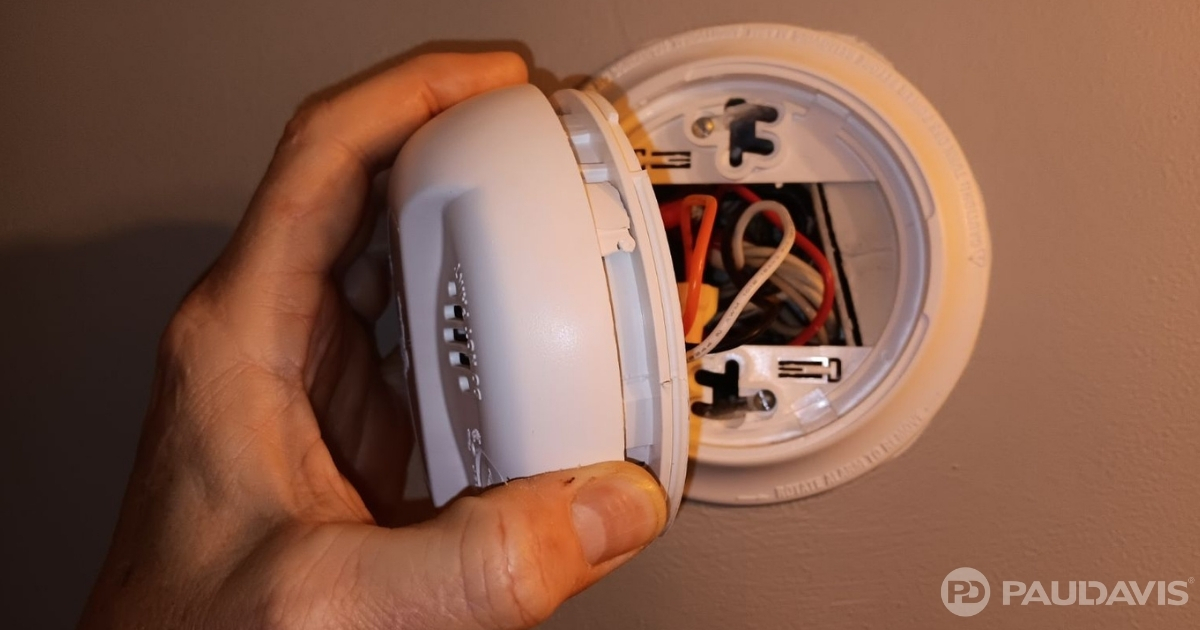
Since the 1970s, when inexpensive, highly effective smoke-detector warning devices began to be required for single and multi-family homes, annual residential fire deaths in Canada were in the 900 plus range. Today and from 2011, roughly 220 fire related deaths occur annually in Canada, a decline of 76%. Most home fire deaths result from unintentional accidents (81%) according to new Statistics Canada data, with 15% listed as intentional and 4% undetermined. Thankfully, residential fires too have plummeted for years now. During a time period when the Canadian population increased 82% from 21.4 to 38.9 million.
While home fire and fatality reductions cannot be solely attributed to the use of smoke alarms, many researchers agree that they have contributed to these substantial reductions. Over the years, manufacturers of these smoke detector devices continued to make advancements in technology designed to reduce fire fatalities. Now, multi-criteria technology for example, improves smoke alarm performance by detecting both smouldering and flaming fires and by improving resistance to unwanted alarms, without sacrificing the detection performance.
“Today’s single-technology smoke alarms have been on the market for over 30 years and they have performed very well during that time,” explains Eddie Bruce, President, Paul Davis Fort McMurray, AB. “However, they have reached their limit in terms of faster detection and rejecting unwanted alarms.” The development of a multi-criteria technology is the result of manufacturers designing a smoke alarm that successfully addresses the two major issues that affect the overall well-being of the consumer: improving detection performance by detecting both smouldering and flaming fires sooner, to provide the occupant the maximum amount of time to react in potentially life-threatening situations and improving resistance to unwanted alarms without sacrificing the detection performance. All newer multi-criteria smoke alarms contain a microprocessor that manages and processes the individual sensor outputs with prescribed algorithms. This process allows all inputs to provide information to the processor, which uses multiple outputs to determine whether there is actual smoke, heat, gasses, or flames produced from a true fire. This process takes a few seconds to either provide occupants with maximum early warning of a true fire, or to conclude that the sensor inputs do not correlate to an actual fire (no alarm is actuated in this case, thus eliminating an unwanted alarm). “Saving time can save lives when it comes to a home fire,” says Bruce, who adds “the extra cost of a few new multi-criteria alarms can be well worth it.”
